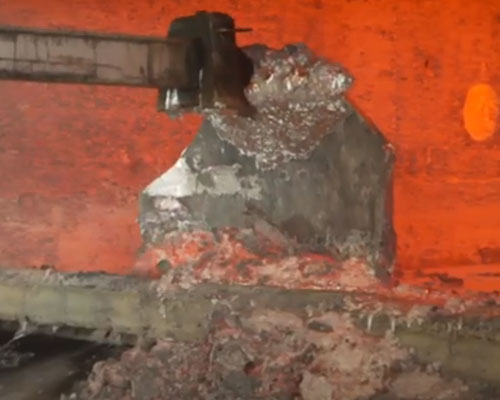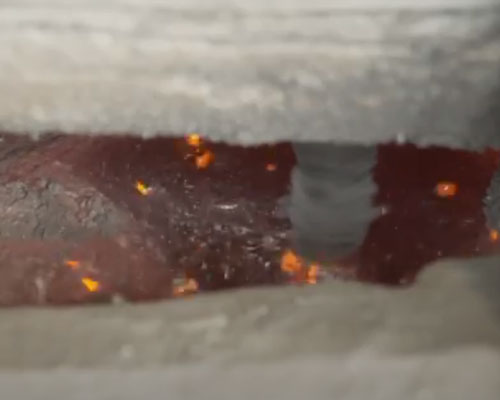The molten aluminum alloy must undergo refining treatments before casting to:
Degassing: The molten aluminum contains a large amount of hydrogen. If it is not removed, pinholes and pore defects will be produced in the casting.
Refined grains: Improve the mechanical properties of castings by controlling the size of the grains after solidification.
Metamorphism: Change the shape of silicon by adding a small amount of metamorphic elements, thereby improving the performance of the casting.
There are various methods for these molten aluminum refining treatments. The earlier method is to add various fluxes to the molten metal in turn in the transfer bag or holding furnace for treatment. In recent years, the “metal processing station” has been successfully developed and has been widely used. All molten aluminum refining treatments can be completed more efficiently in one treatment.
As the melt temperature increases, the solubility of hydrogen in molten aluminum gradually increases. However, the solubility of hydrogen in solid aluminum is very low, so when the aluminum alloy is solidified, the precipitated hydrogen will gather together and form pinholes and pores in the casting.
In order to reduce the inhalation of hydrogen, refractory materials, crucibles and tools should be thoroughly preheated, and oily waste reclaimed materials should be dewatered. The flame of the burner should be slightly oxidizing to avoid excessive hydrogen in the combustion products. The temperature of the molten metal should be kept as low as possible, because high temperature dissolves more hydrogen. Of course, no matter how careful, hydrogen will still exist.

The number of pores that can be accepted in a casting depends on the casting process and the final use of the casting. If the metal cools slowly, as in a sand mold, the exhaust gas will gather into small bubbles and stay in the casting. These bubbles are found in the subsequent cutting process or shot blasting process, and the “pinhole”-like pore defects on the processed surface will suffer serious loss of mechanical properties and air tightness.
For casting processes with relatively fast solidification speeds such as metal mold casting and low pressure casting, the pores produced are usually small and fairly dispersed. Therefore, they have little effect on mechanical properties and even have a certain positive effect in actual production-it can offset the local shrinkage of castings. For highly dense metal mold casting and low pressure casting, it is still necessary to adopt an effective degassing process.
In the past, when producing die castings, it was usually not necessary to degas the molten metal. The pores it contains are usually caused by air being brought in during the metal hydraulic injection molding process. Porosity caused by hydrogen may not be serious. This is especially because die casting usually uses a lower pouring temperature, and the molten metal itself has a lower hydrogen content. However, in recent years, with the improvement of die-casting technology and the higher requirements for the quality of castings, more and more die-casting plants will degas the molten metal before die-casting.

